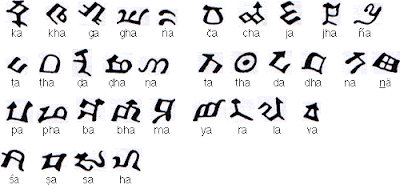Historians have found mummies of IE origin in this place but now the population looks Mongoloids, as Mongols, Huns, and Kushans ruled over this place. Kushans who ruled India, were supposedly related to Tocharians.
Interestingly, in my reading on Sur(y)a and A-Sur(y)a Split, the book referenced mentions that the Asur(y)as instead of chanting AUM of Hindus, would chant HUN! We have talked about the sound "A" becoming "H", which is nothing but aspirated "A", or "H" is soft un-aspirated "A". And Nasal M sometimes get replaced with Nasal N. So we can see how AUM can become HUN. Also Shaivism and Tantra came from A-sur(y)as as per the book referenced in the posting, and we all know that Tantra and Shaivism had a strong presence in Kashmir, Tibet and Mongolia, where Hindu Idols have been found. So is it possible that the Huns got their name from this background? It was a very common practice for Christian Roman Empire to call the Proto Indo Europeans as Pagans and Barbarians, before they were conquered and converted. That is why you see this epithet given to Atilla, Huns and Germans!
Anyway, coming to the main topic, the Devanagari Alphabet sounds are same as Tachurian, and the script is based on Brahmi and looks somewhat closer to Tibetan, Nepalase and Bengali scripts in some letters! We can now see why the relic remains of animal sacrifice in worships, which is from the "Tamas" or "Black" version of Tantra, is to be seen in Tibet, Nepal, Assam and Bengal.

The above picture shows Tachurian Vowels, just Devanagri Vowels.

The above picture shows Constants, just like Devanagri Constants Sounds.

The above picture shows, combination of constants and vowels to make differnt syllables.
Pictures picked up from Omniglot Tocharian Site. Please visit the site for more information on different scripts.
